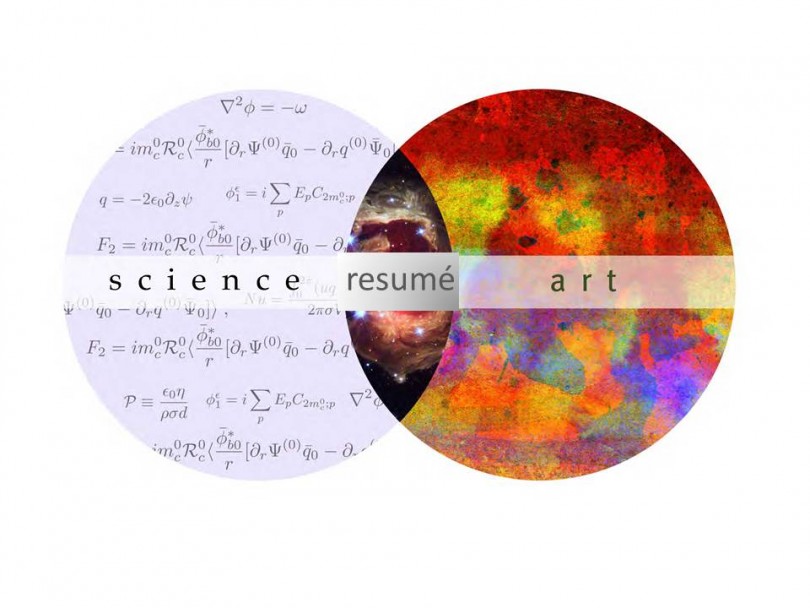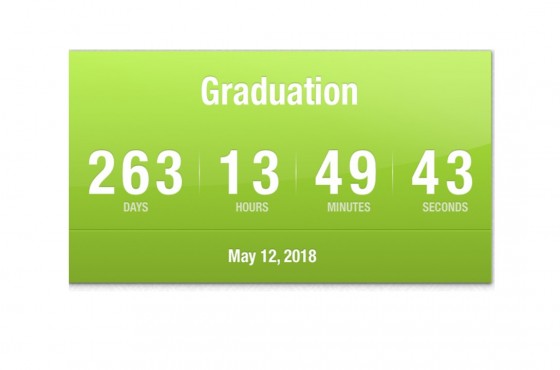There’s art and Science to Writing a Resumé
Your resumé is the key to opening doors in your job search. Resumes, whether you choose paper, web-based or video format are a brief account of your personal, professional and educational experience intended for an employer’s human resources professional, recruiter and/or hiring-manager to help them discern if you are a qualified candidate for the open position. Regardless of what you want to believe, resumes are not going away. What has gone away are the people to read resumés. People have been replaced by applicant tracking software (ATS)—the vortex— that manages an employer’s job openings, and screens resumes. An employer’s ATS can kill your chances of landing an interview within seconds of submitting your resumé. (Something to read)
The objective has always been to craft a resumé that is rich in personality and accomplishments. One that communicates your value, distinguishes you, and looks pleasing to the human eye. For today’s job search, your resumé is all that plus it includes keywords/phrases (words in context) and is formatted appropriately for ATS. This is the art and science of writing a resumes for today’s job search.
Understand the Science to create the art
Science of Content —Keywords/phrases
Keywords/phrases (keywords in context) are what employer’s use to populate the ATS. Keywords/phrases are found throughout job descriptions. Keywords are nouns and noun-based phrases, and describe your:
- Technical skills: Knowledge that qualifies you for the position
- Soft skills: Interpersonal behavior the job and employer are seeking
Some employers will your demographics e.g. school and major and geographics e.g. zip code.
Science of finding keywords
Employers use an average of 7-10 search criteria to screen candidate applications and resumes for specific skills that match the job opening, department needs and organization’s culture. Keywords/phrases are found throughout the job posting, and there are a number of resources to use to identify keywords and phrases.
- Read jobs postings related to the field you are interested in provides important keyword/phrase information. Even if you don’t plan to apply for these jobs, scanning the posts will increase your awareness of the most commonly used industry-standard terms and keywords and phrases that you can—if appropriate—build into your resumé.
- Look at company websites, LinkedIn and other online media channels.
- Business directories, industry publications , professional organizations.
Art of Content
Your competencies—talent, skills, qualifications, accomplishments—is the content of your resumé.
- Review your resumé. If you stated a skill one-way and the employer uses different a keyword/phrase, then change your resumé to align with the job description keyword. However, if you don’t have that skill you can’t add it just to add it. That’s lying.
- Include meaningful and relevant keywords/phrases avoiding words that are less valuable.
- Manage your expectations. You will never achieve a 100% match. Don’t’ try.
- Don’t stuff you resumé with keywords. You might make it through the ATS screen but the first person who reads your resumé will see immediately what you’ve done. Tacky!
Art of placement
The location and frequency of keywords matters. Keywords need to appear in every section of your resumé. The most relevant keywords need to be used frequently.
Art of formatting
There are ATS formatting rules. The following are essential.
- No specific font is required but be safe and use Arial, Times Roman, Helvetica. No specific type size is required, however, people do need to read your resumé therefore go with 10-11 pt. Bold and caps are okay.
- Bullet points and keyboard symbols are fine. No other symbols are readable.
- Do not use underline (U) or italic, and no accent marks. Links can be used.
- Do not use charts, tables, graphs. No graphics/logos. No columns.
- ATS doesn’t distinguish pages. If you need more than a page, use more than a page.



